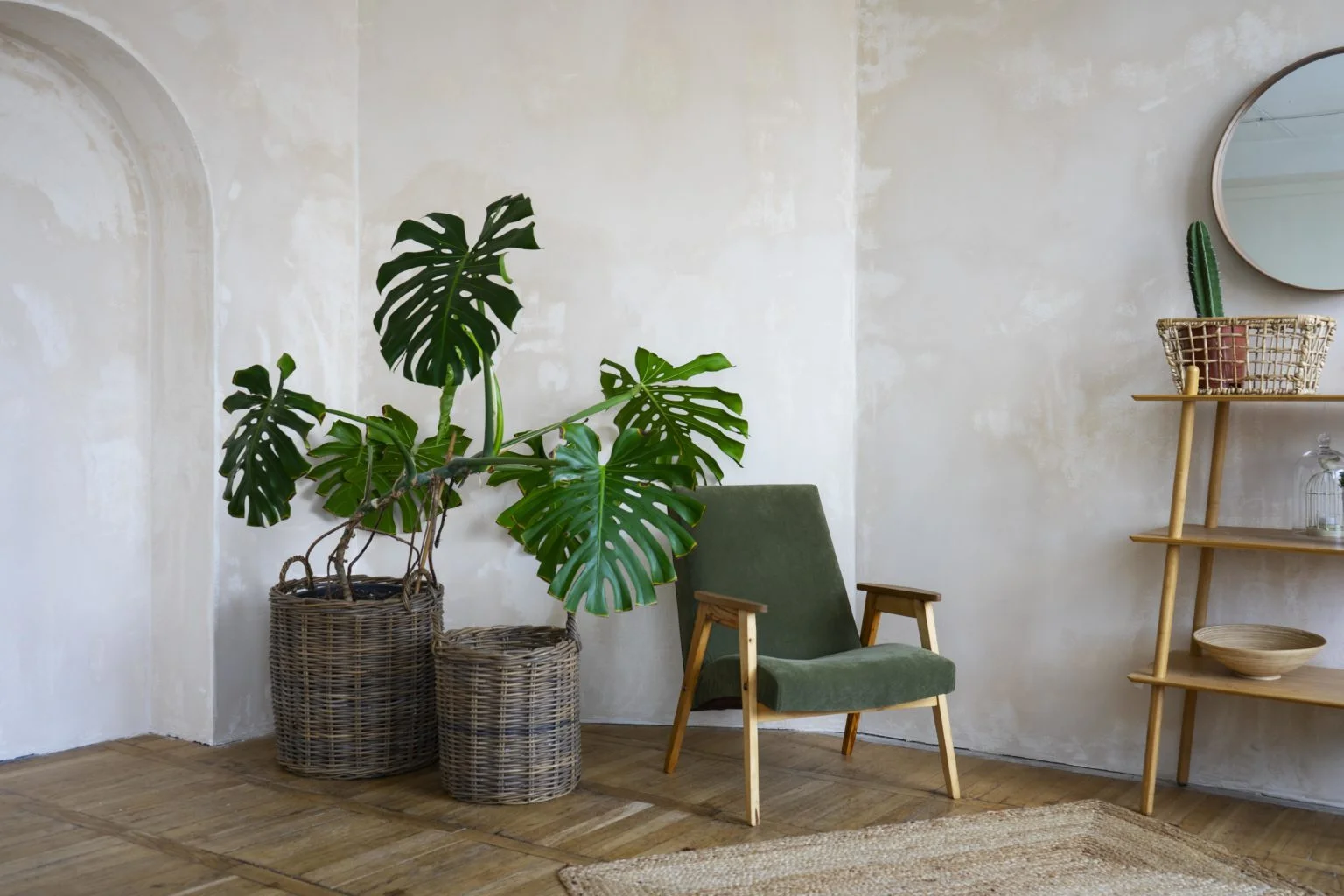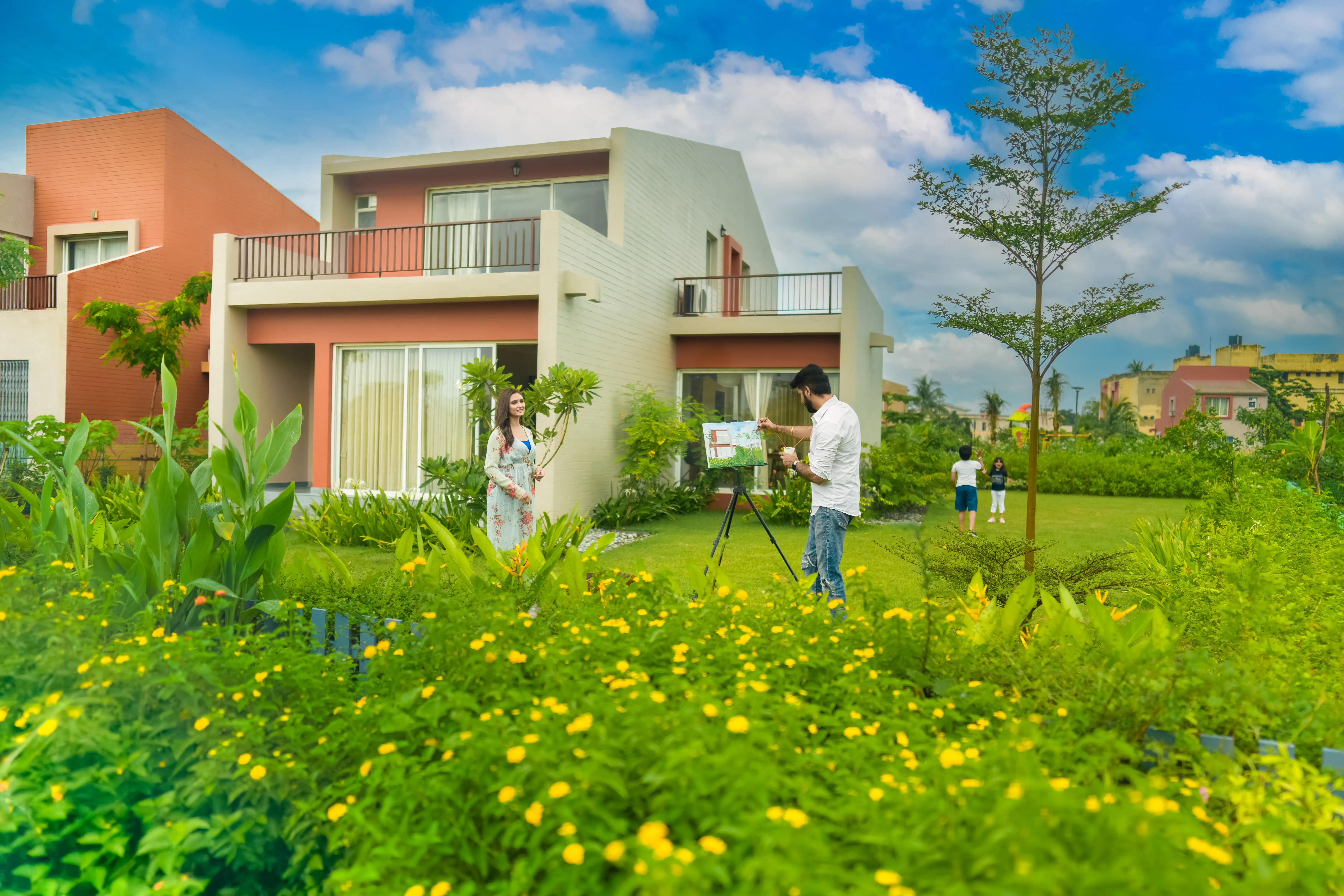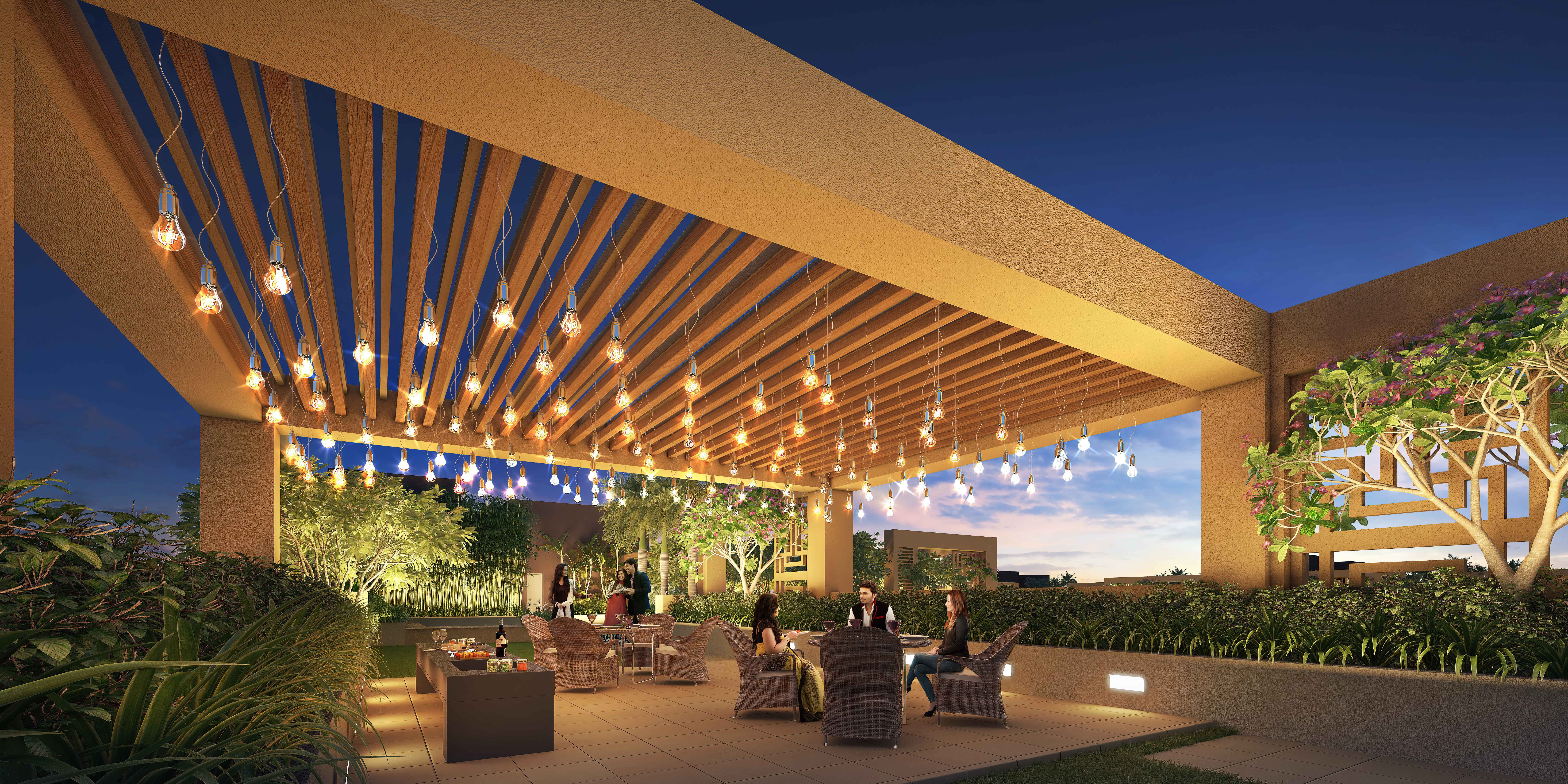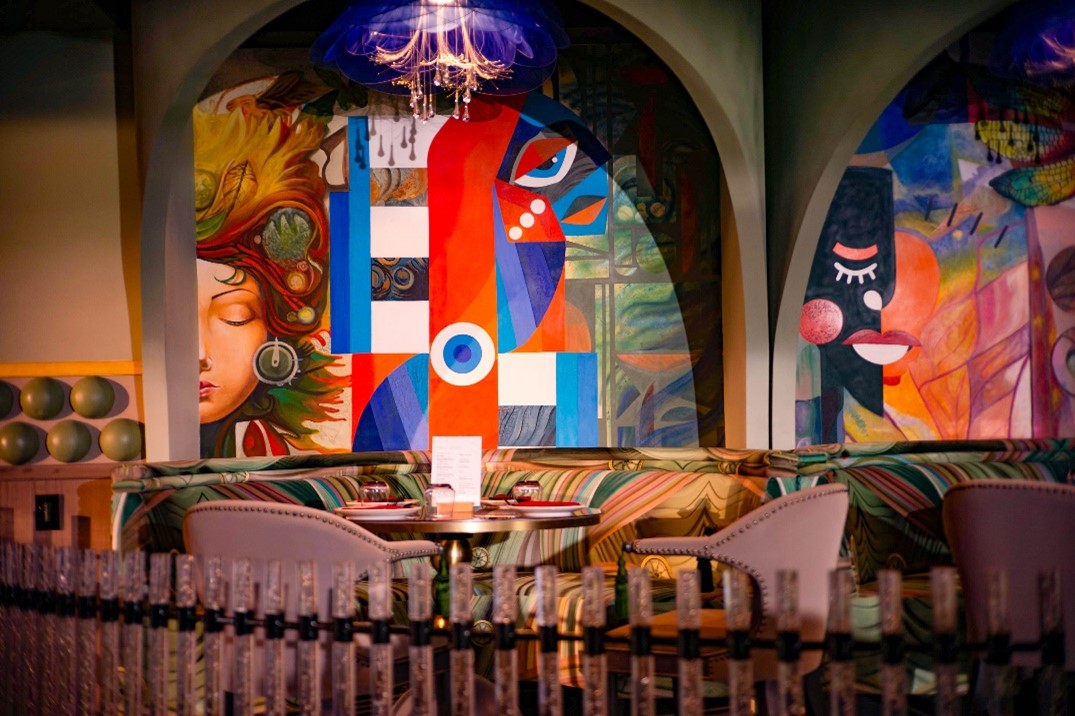
Green Interiors – Creating Spaces that Breathe Life
Climate change is a serious issue worldwide. As a response, real estate developers have been trying to find effective ways for minimising disruption caused to the natural environment because of a built environment. While several measures and practices involving construction of a property have already been standardised, much advancement has also been made in terms of designing interiors of a home to combat climate change.
As experts say, it’s practising sustainability which can only save us. And green interiors are part of that deal.
What is Green Interior Designing?
The process of designing interiors that are non-toxic and do not cause any harm to the environment is called green interior designing. It uses materials which have a low or zero carbon footprint. For example, Low VOC (Volatile Organic Compounds) paint is preferred for interior walls. Upcycled wood and green plywood are recommended for furniture and flooring. These are materials that can be reused and recycled. They have a longer life span and are easy to fix if required.
The Relation between Sustainable Design and Green Interiors
The two terms are related by the same goal of reducing negative impacts on the environment, while ensuring the health and comfort of the building occupants. Sustainable designs encompass both the interiors and the exteriors of the building. Green interiors, as the name implies, is focused solely on interior design. Ideally, green interiors and sustainable design must go hand in hand if one intends to effectively combat the growing concerns of climate change.
Let us look at some of the important aspects and avenues to implement green interiors in home designing.
Space is Important
Experts say that the circulation area (the area of a building where people move through or interact with) of a building should be at least 25% of the carpet area. This allocation of space is responsible for proper air flow and ventilation, which helps to improve the indoor air quality.
Daylight Improves Living Quality
A benchmark of green interiors is the availability of ample daylight, whose absence creates damp spots and bad stenches. There are many ways to make sure a home gets enough daylight. For example, one can install light shelves, which use a reflective surface to refract daylight onto the ceiling of a building’s interior. Light shelves also provide shading, thereby reducing window glare. Other examples such as wide frame windows and skylights are also very efficient options.
LED Lights to Reduce Energy Consumption
Installation of LED (Light Emitting Diode) lights can lead to 30-40% reduction in energy consumption. These lights are not only aesthetically pleasing but they also reduce the discharge wastage when turning them on or off. There are many ways to make lighting systems even more efficient. For example, one can attach motion sensors to the LED lights, to prevent further wastage.
Zero-emission is the Way Forward
Green interiors also take into account that the Heating, Ventilation & Air-conditioning (HVAC) equipment and internal air-conditioners installed in a building are free of toxic gases such as Chloro Fluoro Carbons (CFC), and Formaldehyde (CH2O).
Biophilic Designs as a Part of Green Interiors
Biophilia is the reason why humans have traditionally decorated their homes with flowers and plants. Plants are the traditional ‘greens’ from which the term ‘green’ interiors was coined. The presence of internal vegetation such as plants and creepers, help replenish indoor oxygen and improve the air quality.
More Ways, Better Living
There are many other ways to incorporate green interiors. One can opt for relevant technology and processes such as water conservation, waste segregation and disposal, proper usage of drapes to accentuate natural outdoor light, among other examples.
These ideas make each home unique, and the hope is that more and more families decide to adopt these techniques while designing their future homes. That is possible only when people have the up-to-date information on sustainable design choices they can make for their dream home interiors.
The modern homeowner deserves the most environmentally efficient living spaces, without compromising on any of the modern luxuries. This is why, at Ambuja Neotia, we believe in coexisting with nature. Because when nature thrives, we thrive.
Real Estate





